August Gardening Tips and To-Dos for the Pacific Northwest
By the time August rolls around, our Pacific Northwest gardens are bursting at the seams with flowers, fruits, and veggies. It’s a beautiful (and busy!) time to be in the garden.
While we’re still enjoying the peak of summer, it’s also time to start looking ahead—prepping for fall crops, keeping up with maintenance, and sneaking in a few new plantings before the season shifts.
These tips are based on gardening in Zone 8b, so feel free to tweak the timing a bit depending on your local climate. Let’s dig into some helpful August garden tasks to keep everything thriving!

As an Amazon affiliate, I earn from qualifying purchases at no additional cost to you. My blog also features affiliate links for your convenience. Click here to read my privacy policy.
Understanding August Gardening in the Pacific Northwest
August in the Pacific Northwest feels like the garden is hitting its stride—lush, full, and bursting with color. We’ve made it through the peak summer push, and now we’re in that sweet spot where dahlias, zinnias, rudbeckia, and hydrangeas are stealing the show. The bees are busy, the evenings are warm, and there’s still plenty of time to enjoy your outdoor space before fall creeps in.
But with all the beauty also comes a few challenges. August is typically one of the hottest and driest months in the PNW, especially west of the Cascades. That means watering becomes more important than ever, and the plants will start to show signs of stress if they don’t get the moisture they need. You may also notice that some early summer annuals are starting to fade, while late-season bloomers are just getting started.
This is the time of year when I find myself walking the garden in the early morning or catching the golden hour light just before sunset, during those peaceful moments when everything seems to glow. But I’m also keeping a close eye on what needs deadheading, what’s ready to harvest, and which spots I can start prepping for fall crops.
Whether you’re harvesting armfuls of flowers, picking your summer vegetables, or mapping out what to plant next, August is all about balancing enjoyment with planning ahead. There’s still so much happening out there. It’s just a matter of tuning in to what your garden needs most right now.
15 Gardening Tips for August in the Pacific Northwest
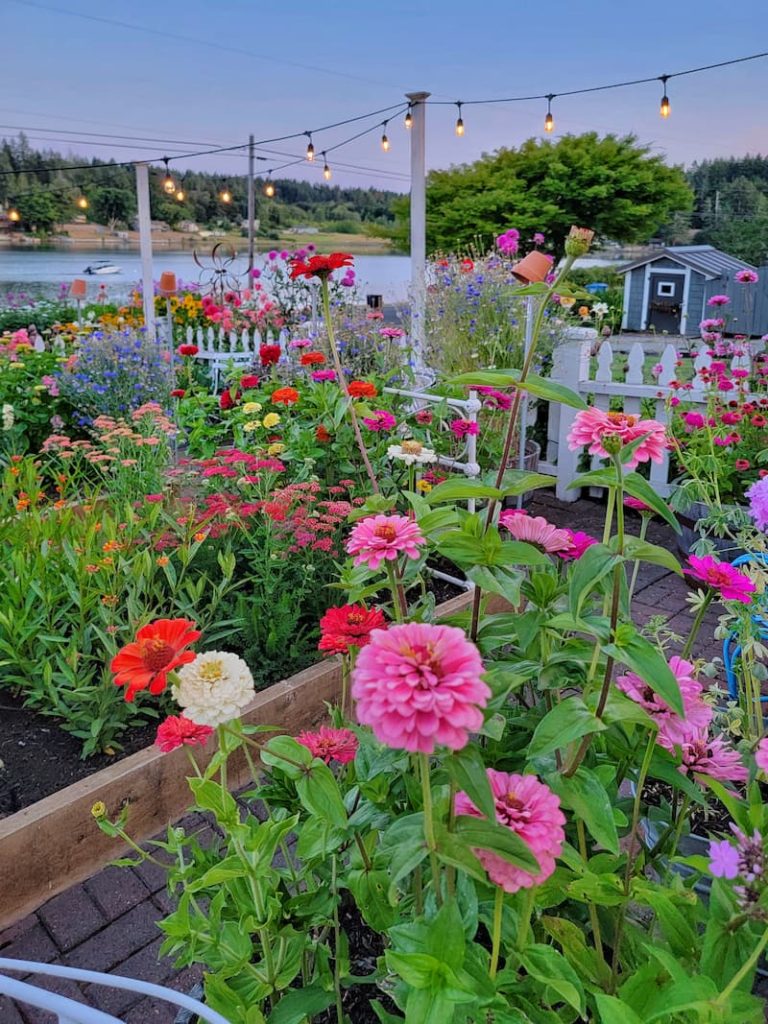
August is one of those months where the garden is showing off, but it’s also quietly asking for a little extra love. With the summer sun blazing and the fall just around the corner, now’s the time to water deeply, keep things tidy, and start planning ahead.
These tips are based on my experience gardening in Zone 8b, so if you’re in a different zone, be sure to adjust your timing a bit. Here’s how to keep your Pacific Northwest garden thriving this month:
1. Keep Your Garden Hydrated in Hot Weather
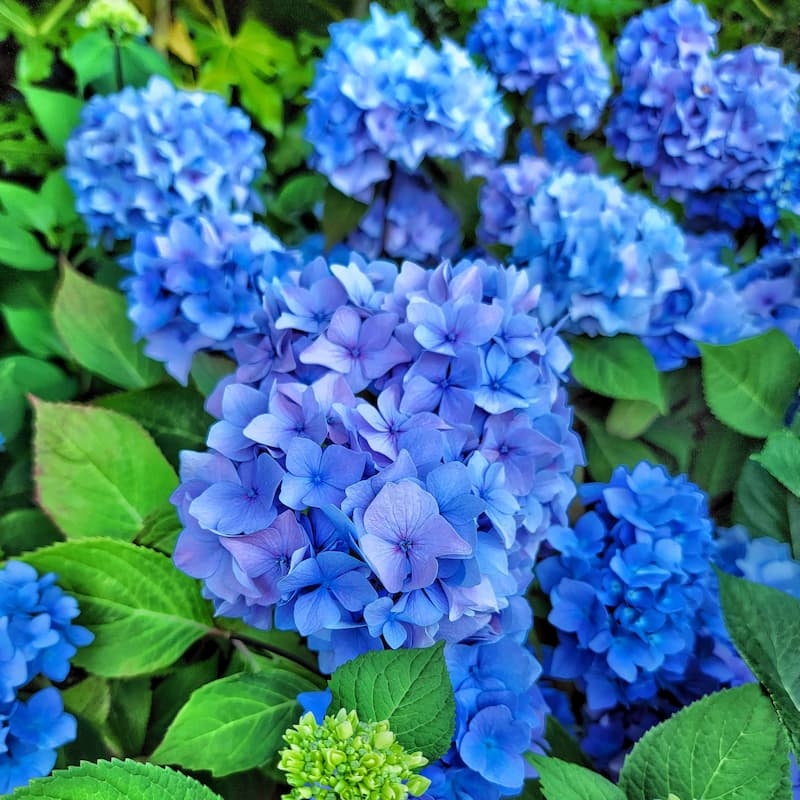
August can be one of the driest months in the PNW, so your garden needs a little extra hydration. Water deeply to reach the roots and aim for early morning or late evening to reduce evaporation.
Avoid overhead watering late in the day to help prevent powdery mildew and other fungal issues.
Flower containers, hanging baskets, and window boxes may need a drink twice a day when it’s especially hot or windy.
2. Provide Shade for Sensitive Plants

Some plants just can’t take the heat. If you notice wilting or scorched leaves, give them a break by providing some temporary shade and applying mulch to help retain soil moisture.
3. Add Mulch to Retain Soil Moisture
Speaking of mulch—it’s one of the easiest ways to keep your garden soil cooler, reduce evaporation, and keep weeds down. Top off your beds with a fresh layer if they’re looking sparse.
4. Divide Overgrown Perennial Plants
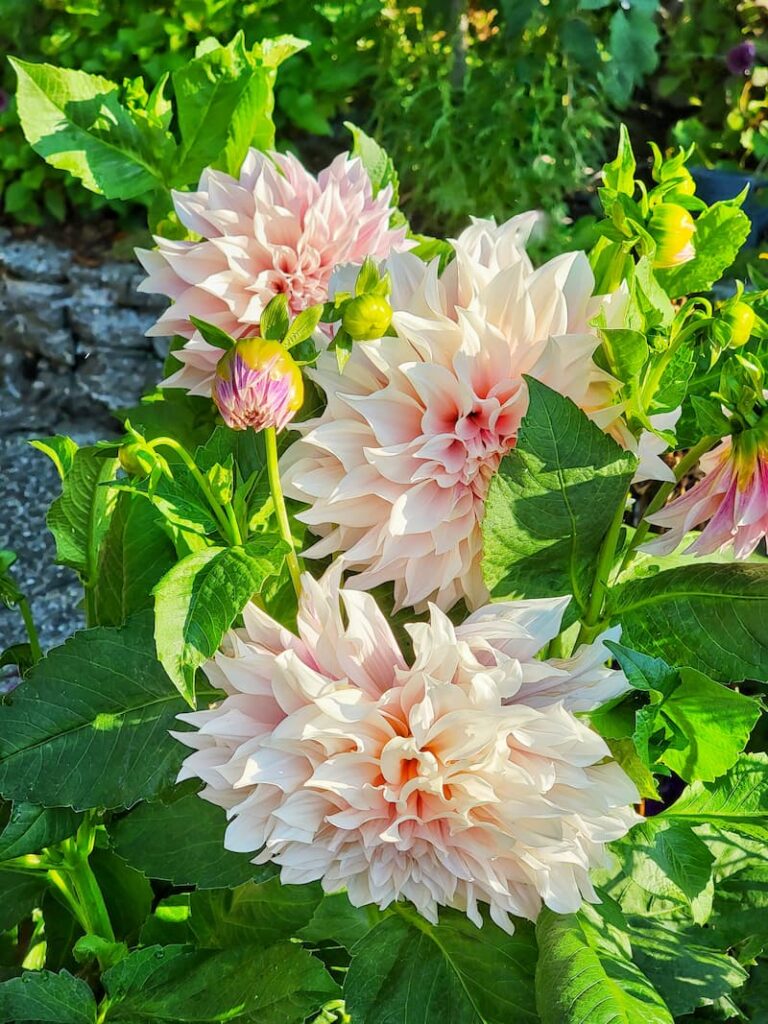
Late summer is a great time to divide daylilies and other perennials that have outgrown their space. It encourages fresh growth, better blooming next year, and helps you fill in other garden spots—for free!
Divide your daylilies every 4–5 years for the happiest plants.
5. Deadhead Your Spent Blooms
Deadheading is the removal of dead flower heads from a plant to encourage growth by putting more energy into blooms for the remainder of the summer.
Keep those flowers coming by deadheading spent blooms on annuals and perennials. For dahlias, you can also trim back any powdery mildew-damaged leaves to keep things looking fresh.
Cut back daylilies after they have gone dormant. If the lilies are pruned to the ground in the summer, they can usually grow back once the temperatures cool and bloom again during the fall season.
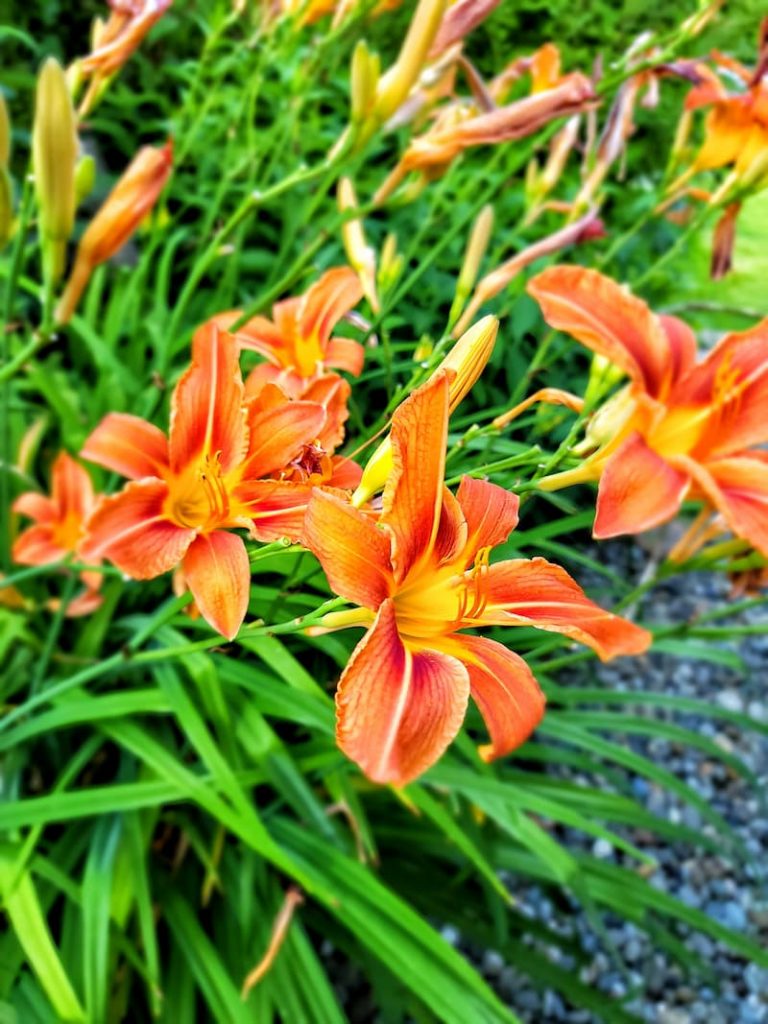
6. Support Tall Garden Flowers
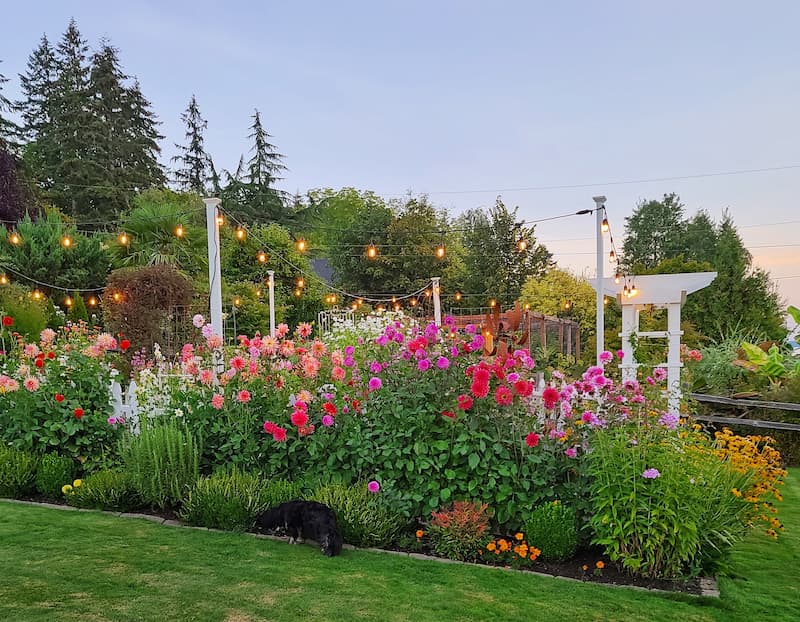
Late summer blooms, such as dahlias, snapdragons, and sedum ‘Autumn Joy’, can become top-heavy or be knocked down by rain and wind. Add stakes or flower supports to keep them standing tall.
7. Keep Weeds Under Control
Weeds love the heat too—and they’ll steal water and nutrients if you let them. Pull them after watering or rain to make the job easier.
Short on time? Snip the seed heads to stop them from spreading.
8. Prune & Cut Back Garden Shrubs and Plants
August is a great time to prune shrubs and plants showing signs of disease or dieback. Clean your tools with disinfectant between cuts to avoid spreading problems around the garden.

9. Prepare for the First Frost
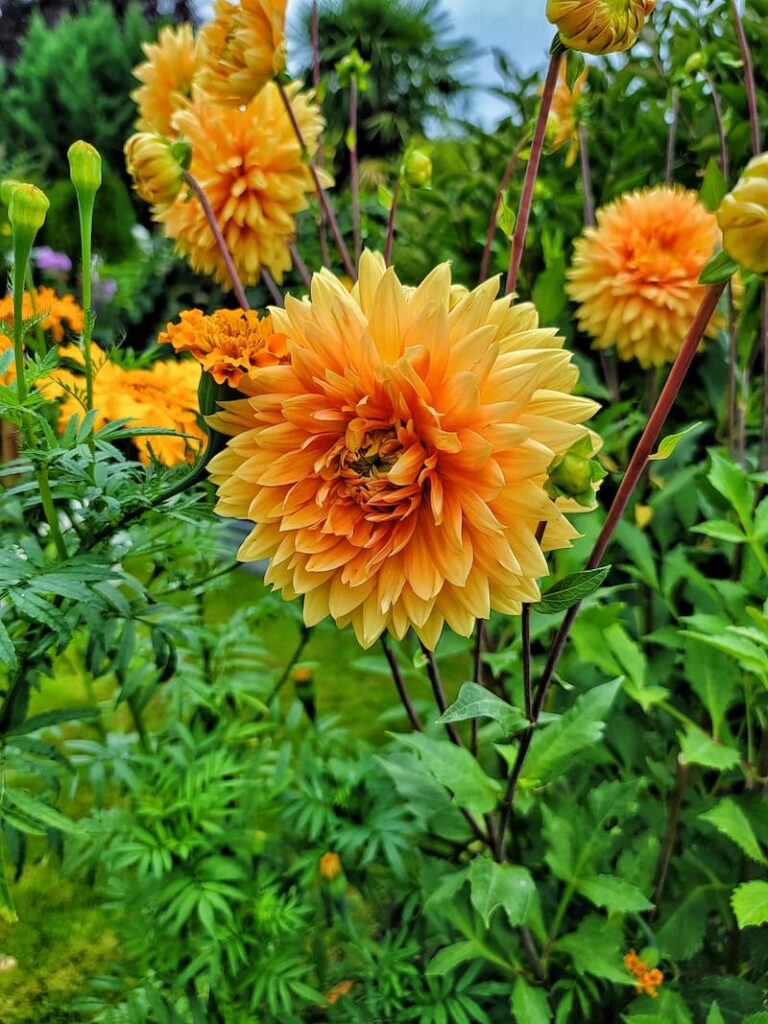
Start paying attention to average first frost dates in your area. Use that info to time your fall plantings, harvests, and fall transition garden cleanup. It’s not quite sweater weather yet, but it’s coming!
10. Harvest Fruits, Vegetables, and Flowers
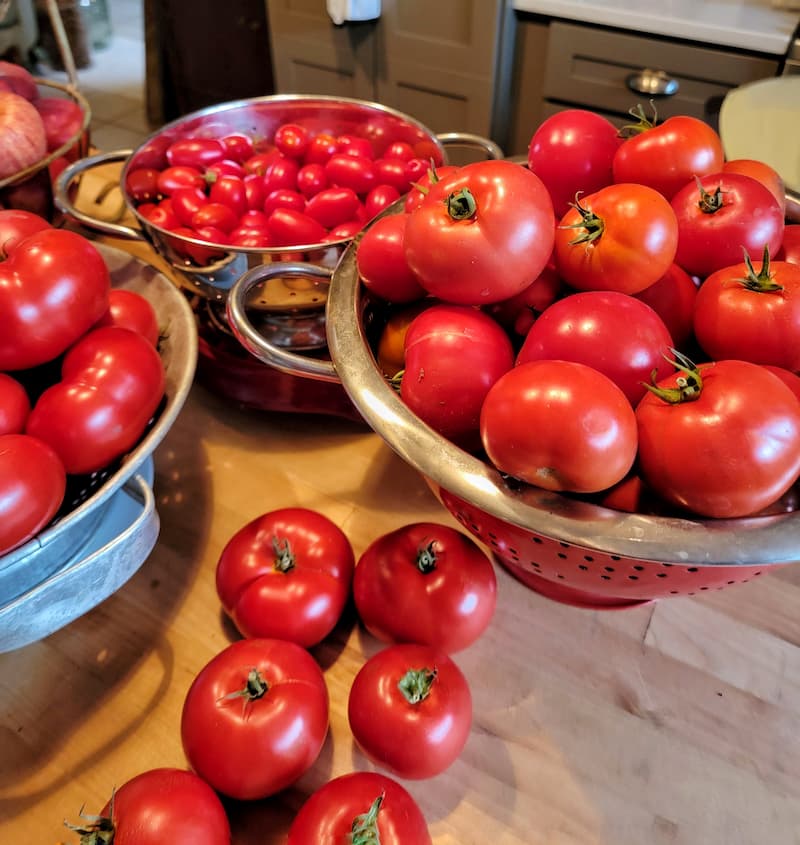
There’s nothing better than bringing in fresh tomatoes, cucumbers, or armfuls of cut flowers from the garden. Mornings are best for picking—everything’s cool, crisp, and at peak flavor.
Regular harvesting keeps your plants productive and prevents disease.
Leafy greens should be harvested before they bolt and turn bitter. Stop watering onions once the tops fall over and begin to yellow—this helps them cure properly for storage.
11. Protect Your Garden from Slugs
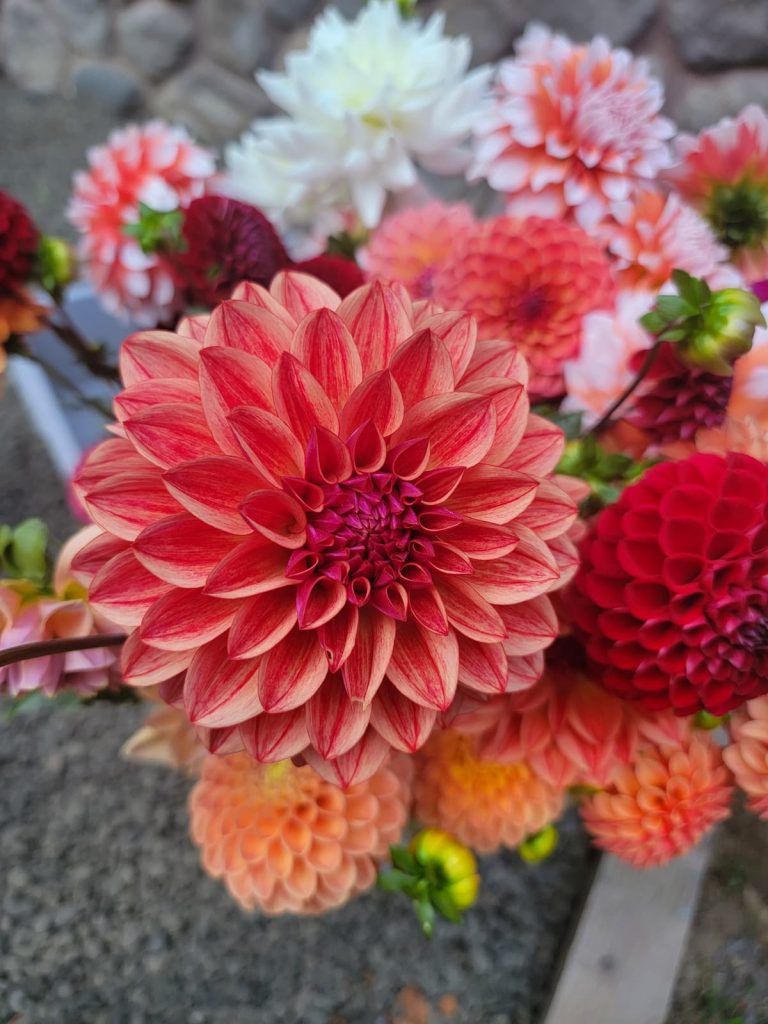
Slugs are still hanging around, especially in shady or damp spots. Keep an eye under leaves, containers, and garden debris.
I use Sluggo because it’s safe for pets and local wildlife, but you can also try beer traps or late-night slug hunts if you’re feeling adventurous.
12. Stop Sap-Sucking Pests
Aphids, spider mites, and other pests can go wild in the August garden. Spray them off with water or use an insecticidal soap spray (I’ve linked the one I use below).
Check under leaves and along stems where they like to hide.
I use this insecticidal soap spray.
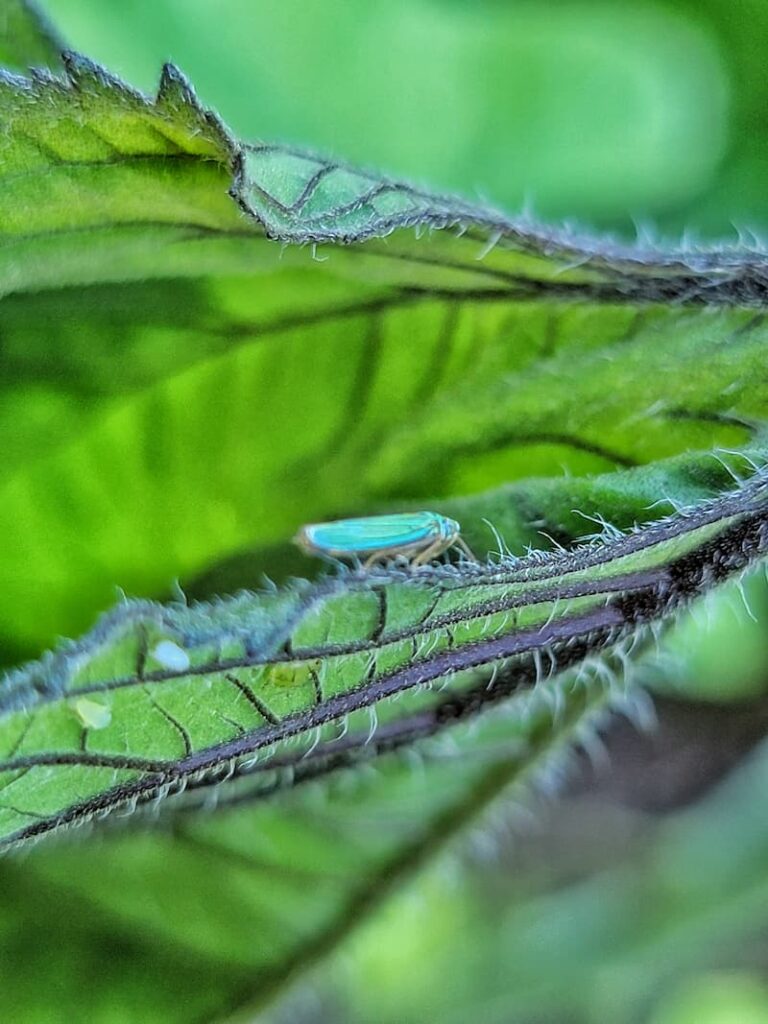
13. Treat for Powdery Mildew
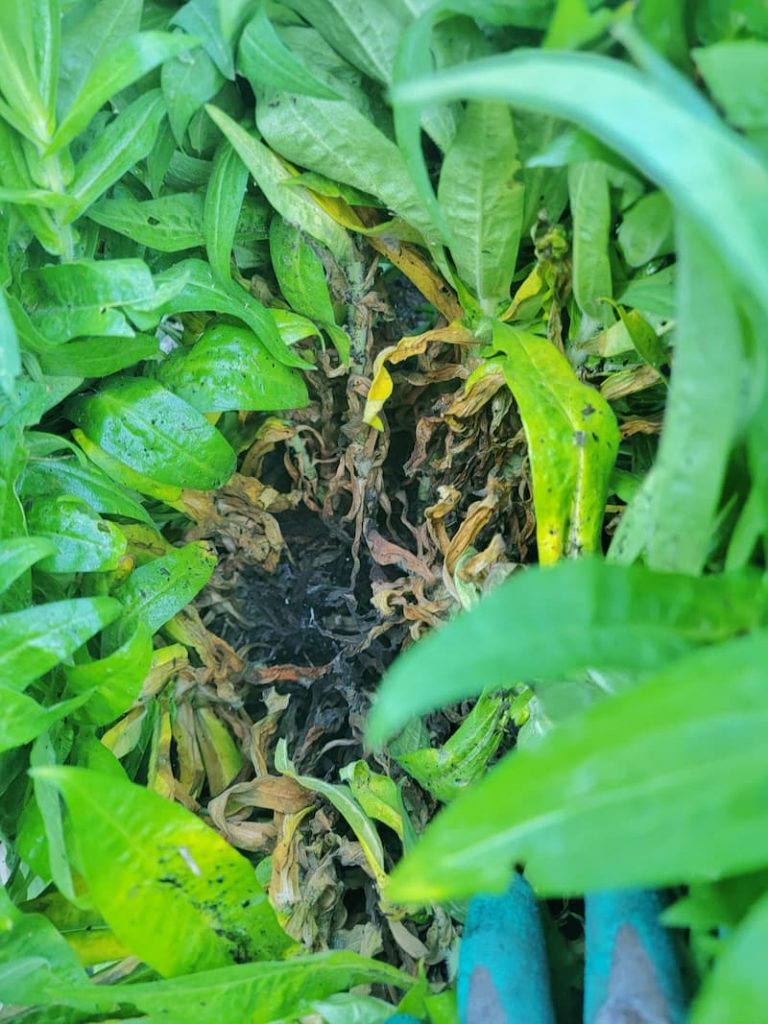
Powdery mildew is common in August thanks to heat and humidity.
Remove any affected leaves, avoid overhead watering, and use a fungicide if needed. Improving airflow between plants also helps keep it at bay.
14. Collect Seeds from This Year’s Garden for Next Spring
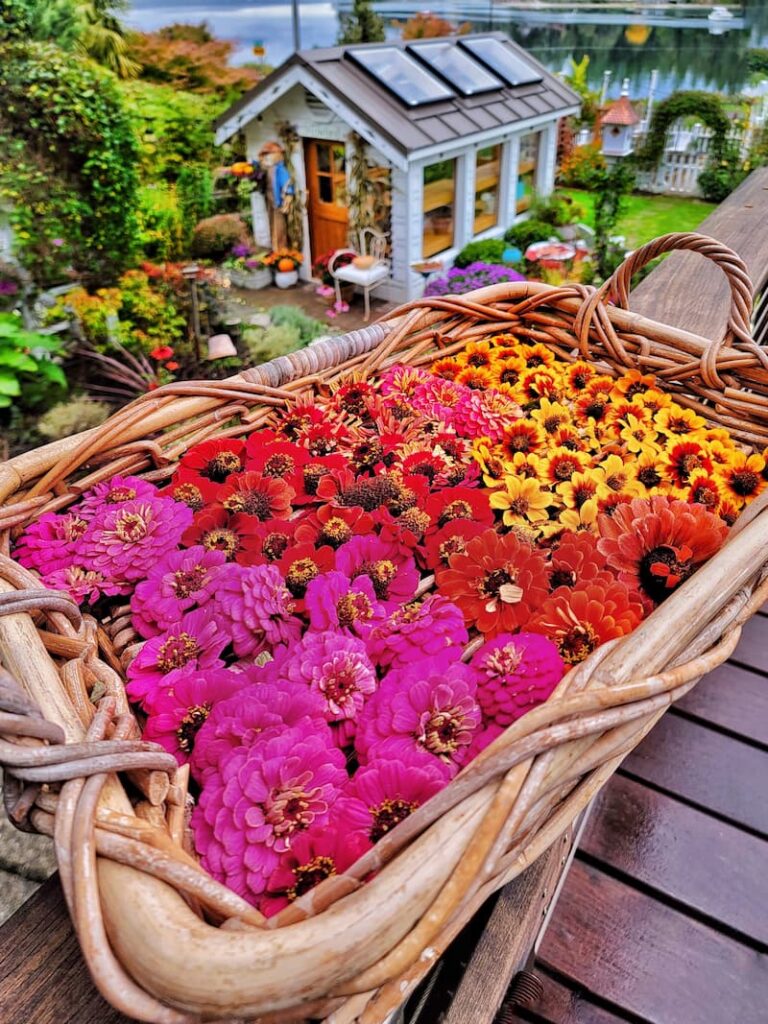
Now’s the perfect time to start saving seeds from your favorite open-pollinated or heirloom flowers and veggies.
I’ve had a few go-to varieties disappear from catalogs, so I always collect seeds just in case, and swapping with friends makes it even more fun.
15. Welcome the Garden Birds and Summer Wildlife
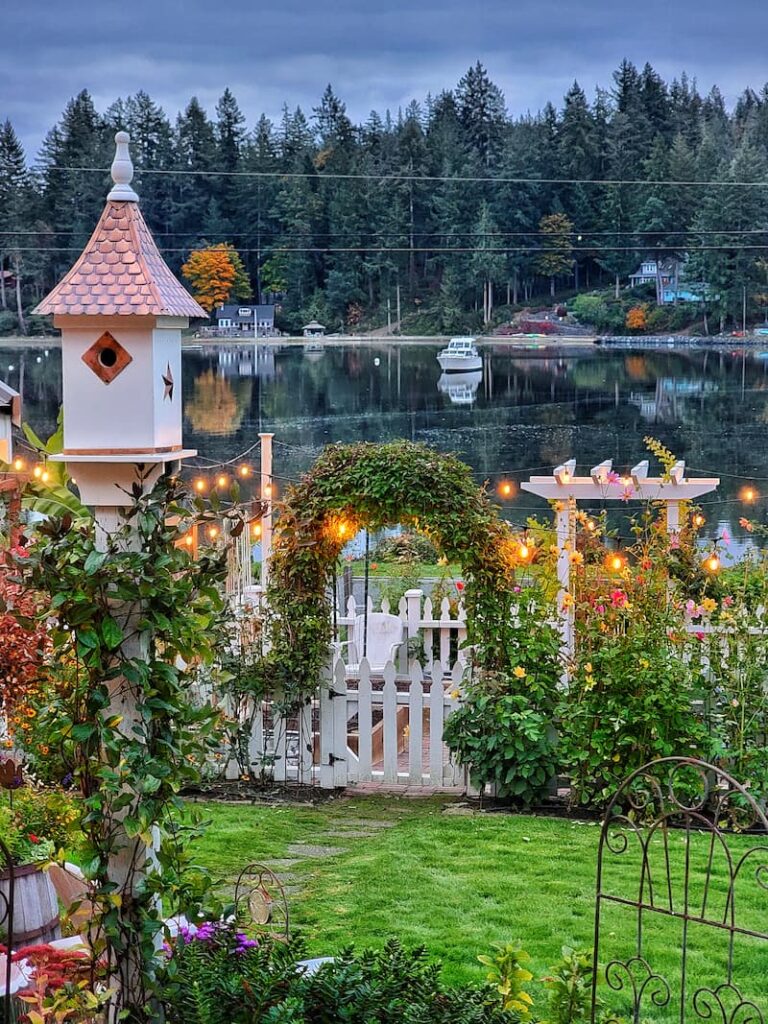
Keep your garden welcoming for birds and pollinators by adding feeders, fresh water in birdbaths, and leaving a few seed heads for them to enjoy.
Watching the wildlife visit is one of the best garden perks.
Clean Water Features
Standing water can become a breeding ground for mosquitoes, so make it a habit to refresh birdbaths and fountains this month. Your garden visitors (and your ankles) will thank you.
Can I Still Plant New Plants in My Garden in August?
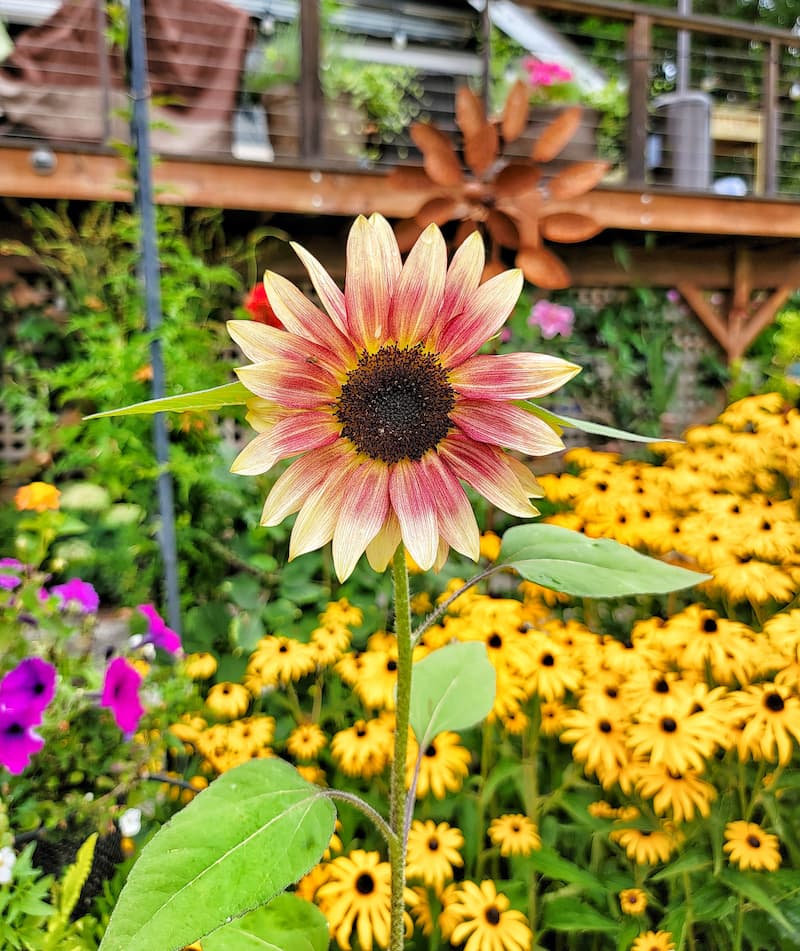
You can plant new perennials and cool-season crops that thrive in the early fall. Planting now gives them time to establish before the colder months.
Take Advantage of Summer Plant Sales to Fill in Bare Spots
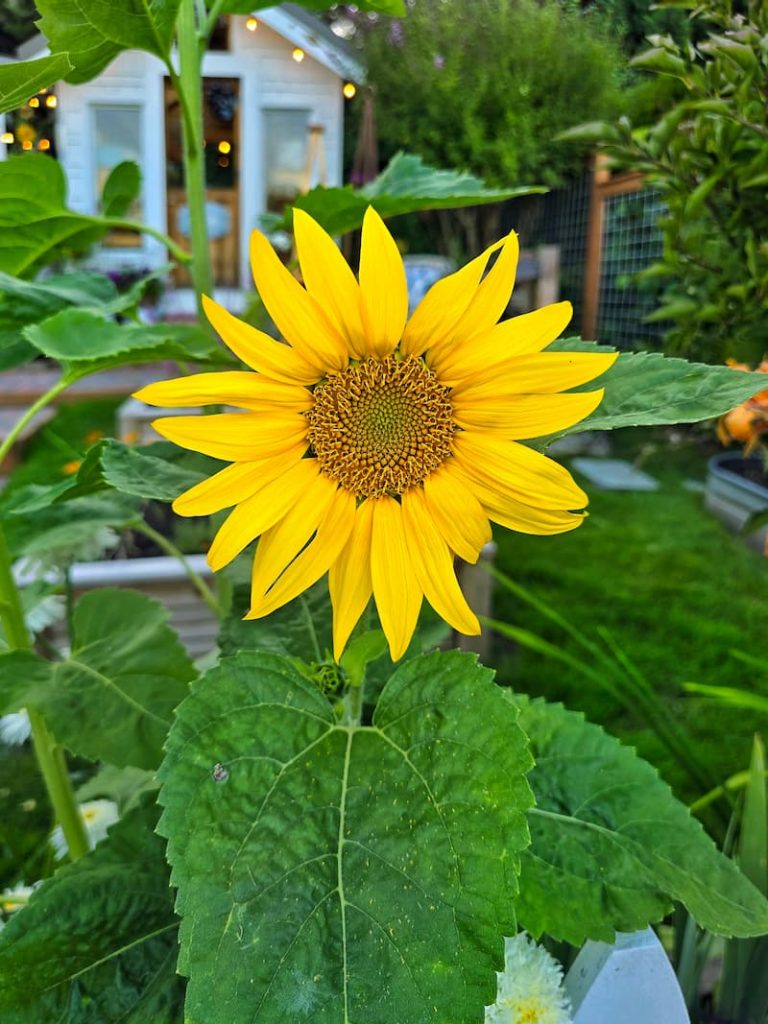
Garden centers often mark down perennials, shrubs, and summer annuals toward the end of the season. If you’ve been eyeing a few plants or have empty spots in your beds, now’s the time to scoop up a deal!
Choose healthy-looking plants and be sure to water them well after planting so they have a chance to settle in before the cooler weather hits.
Direct Sow Cool-Season Veggies
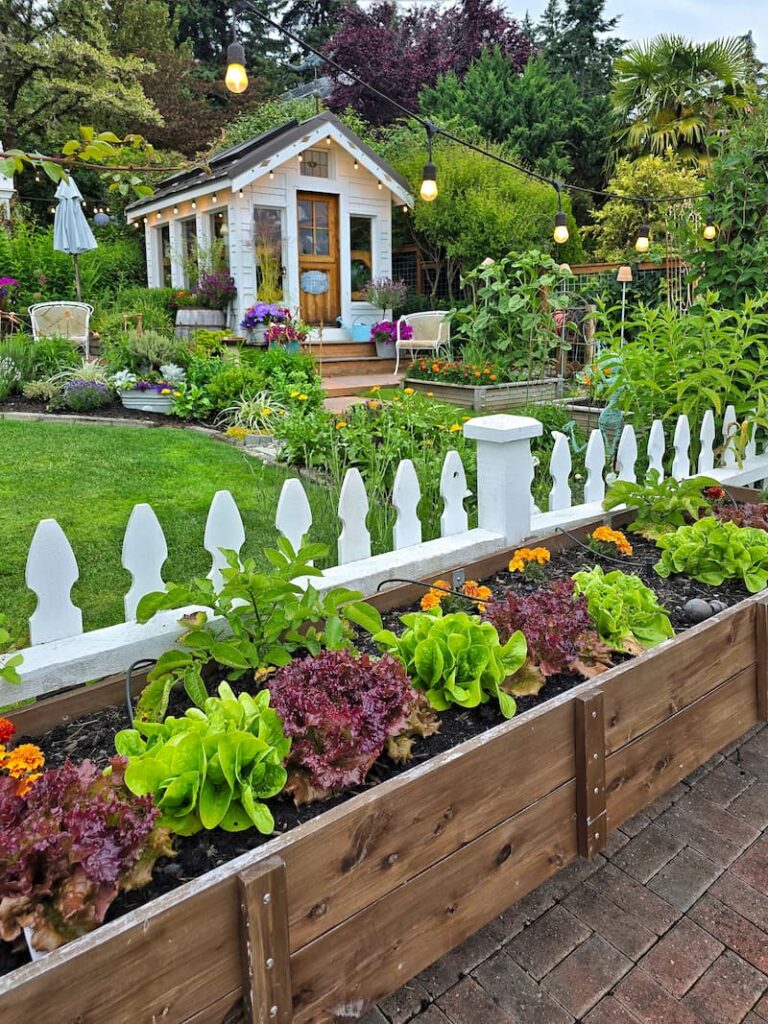
Yes, you can still plant this month! Sow cool-season crops, such as lettuce, kale, spinach, radishes, and carrots, directly into the soil. These veggies love the cooler weather ahead and will thrive through early fall with a little TLC.
Order Spring Bulbs to Plant in the Fall

I know—it feels early. But August is the perfect time to order your spring bulbs (think tulips, daffodils, and hyacinths). Many popular varieties sell out quickly, so placing your order now ensures you’ll get your favorites in time to plant this fall.
Garden Supplies and Tools
Check out my favorite garden supplies and tools for the growing season. Whether you’re looking for potting soil or deer repellent, you’ll find what I use in my own garden.
Final Thoughts for August Gardening Tasks
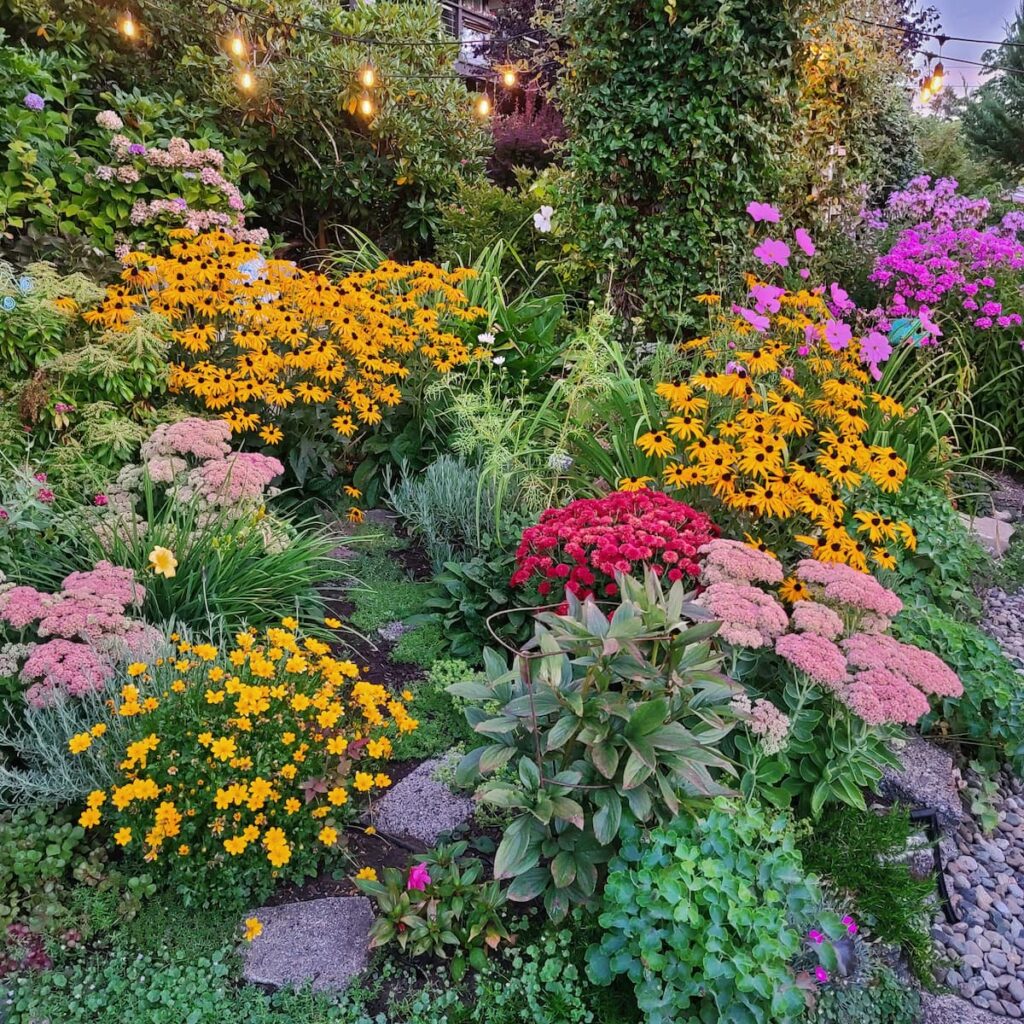
August may be hot and dry, but it’s also full of color, abundance, and opportunity. With a little planning and a few well-timed tasks, you’ll set your garden up beautifully for a strong finish to the season and a head start on next year.
Water consistently, divide and deadhead when needed, keep an eye on pests and disease, and don’t forget to enjoy all the beauty your garden has to offer right now. Whether you’re harvesting tomatoes, watching butterflies dance over the zinnias, or saving seeds for next spring, these late-summer days are something special.
If you found this post helpful, feel free to share it with a fellow gardener who’s also trying to make the most of their August garden!
Until next time,
Happy Gardening

I’m a self-taught hobby gardener. Everything I share on my blog is my opinion and what has worked for me.
MORE POSTS
For You to Enjoy
Follow Me for More Inspiration
Shop my Amazon Storefront, LTK sources, and favorite home decor, garden, and lifestyle products. When you purchase from one of my links, I earn a small commission, which helps me continue sharing all the content you expect on my blog.
Be sure to follow me on Pinterest, Instagram, Facebook, TikTok and LIKEtoKNOW.it. Do you like gardening? Join my Facebook Gardening Tips & Tricks group.

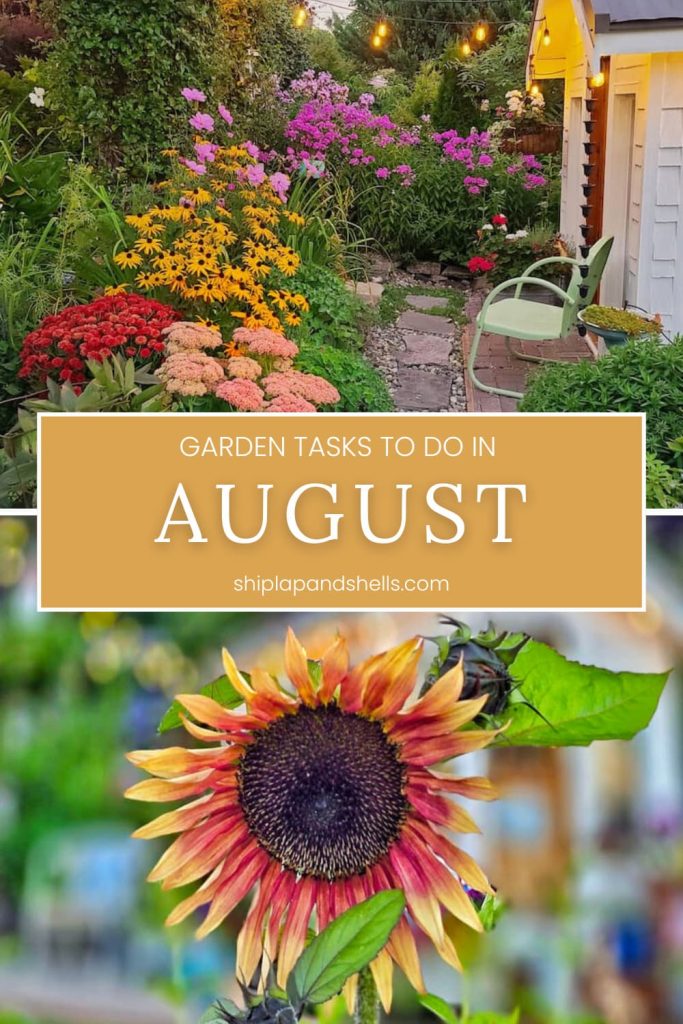
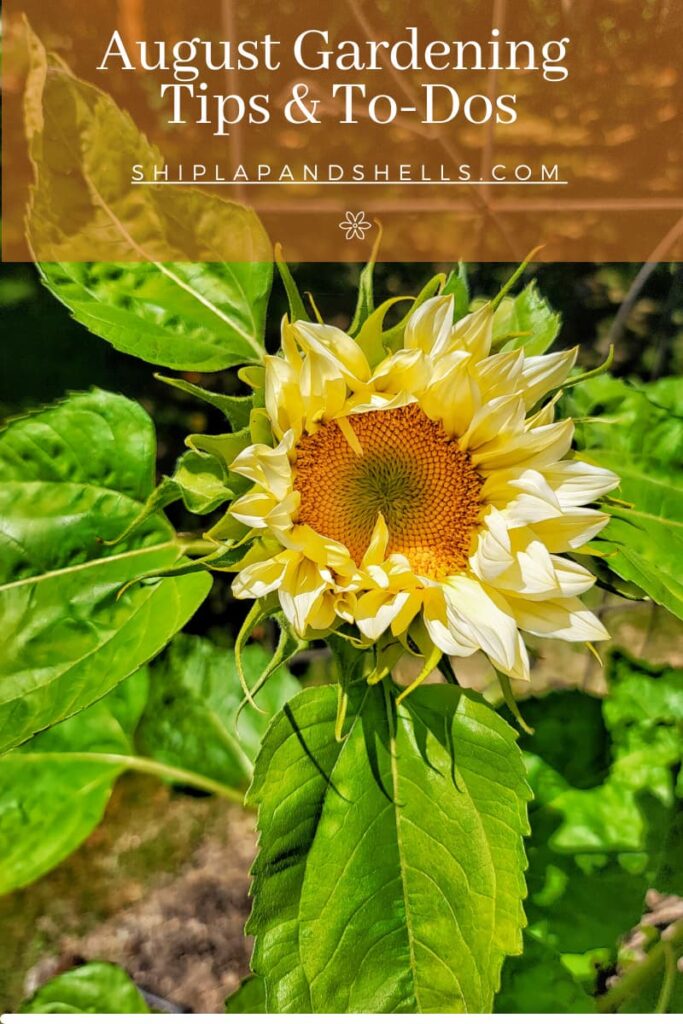

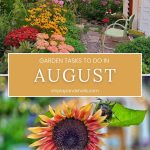
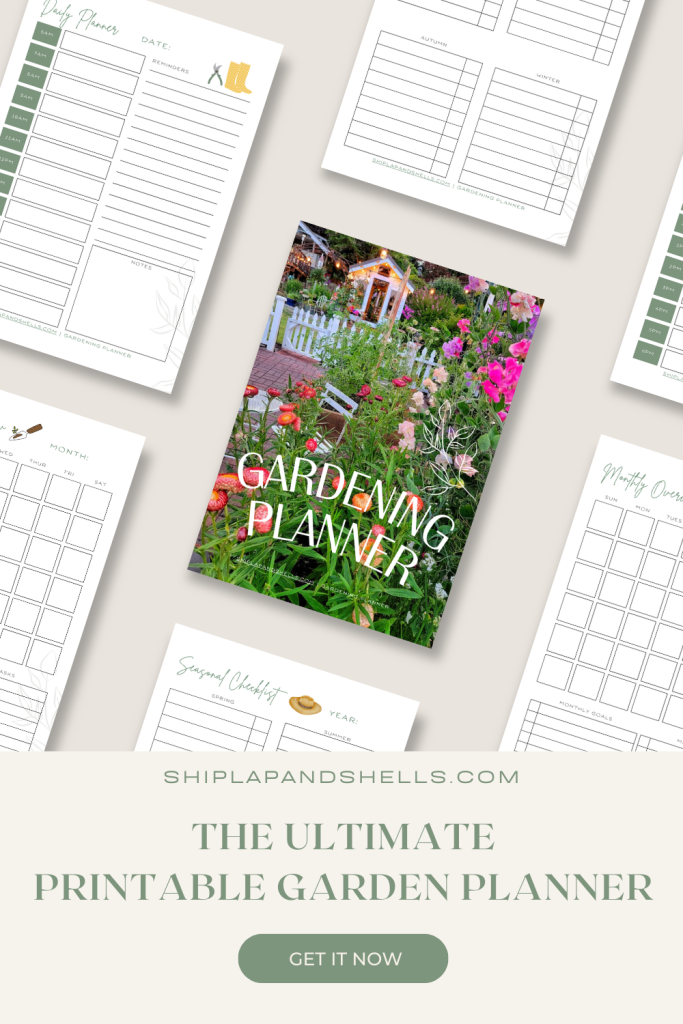
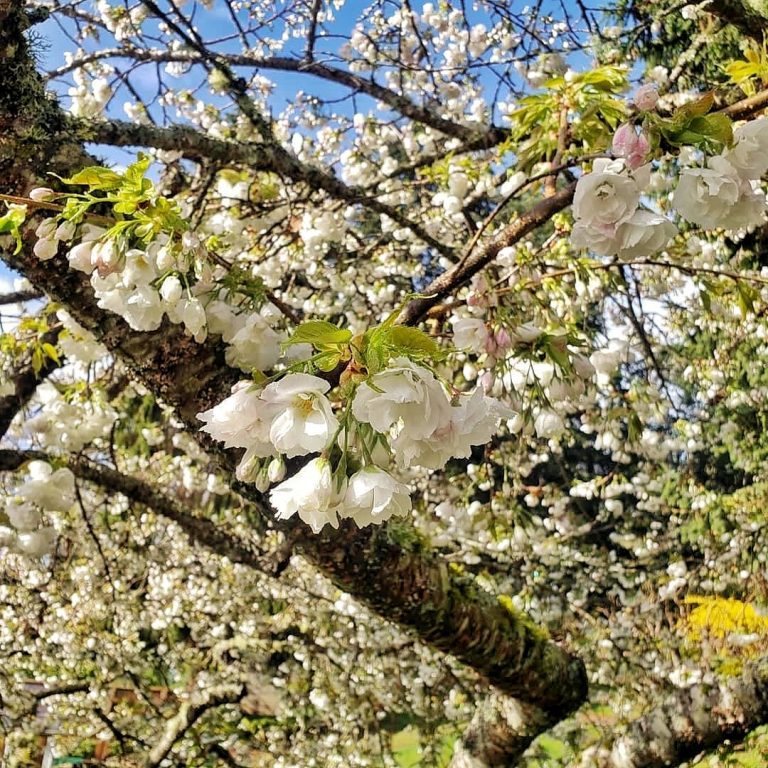
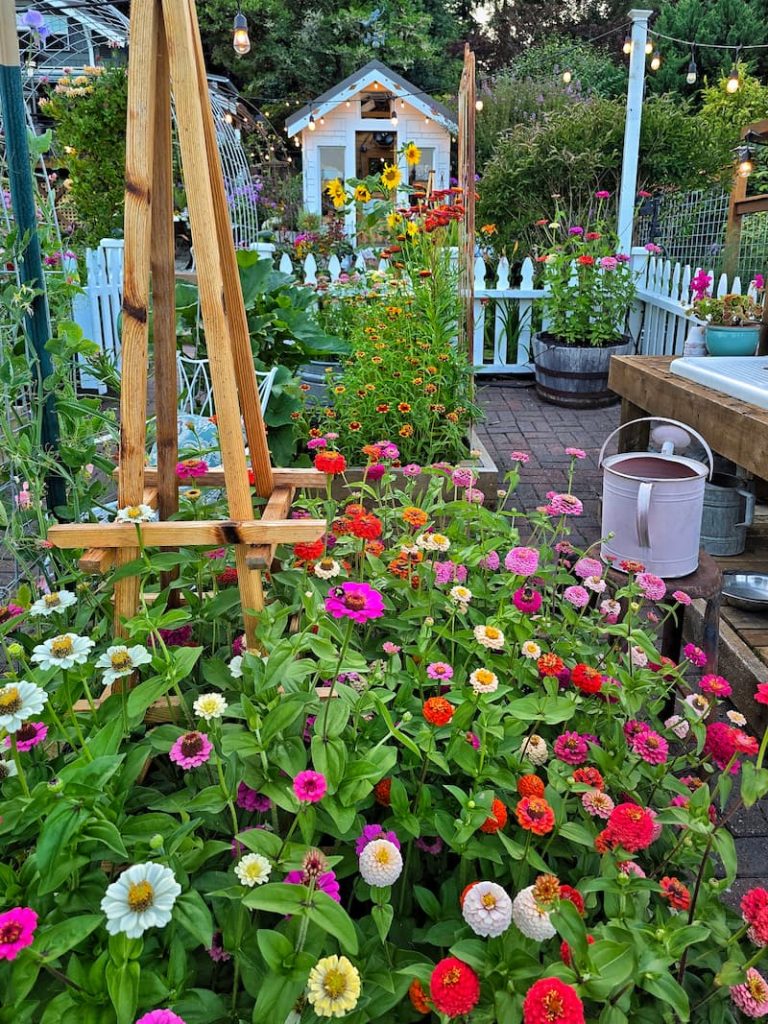
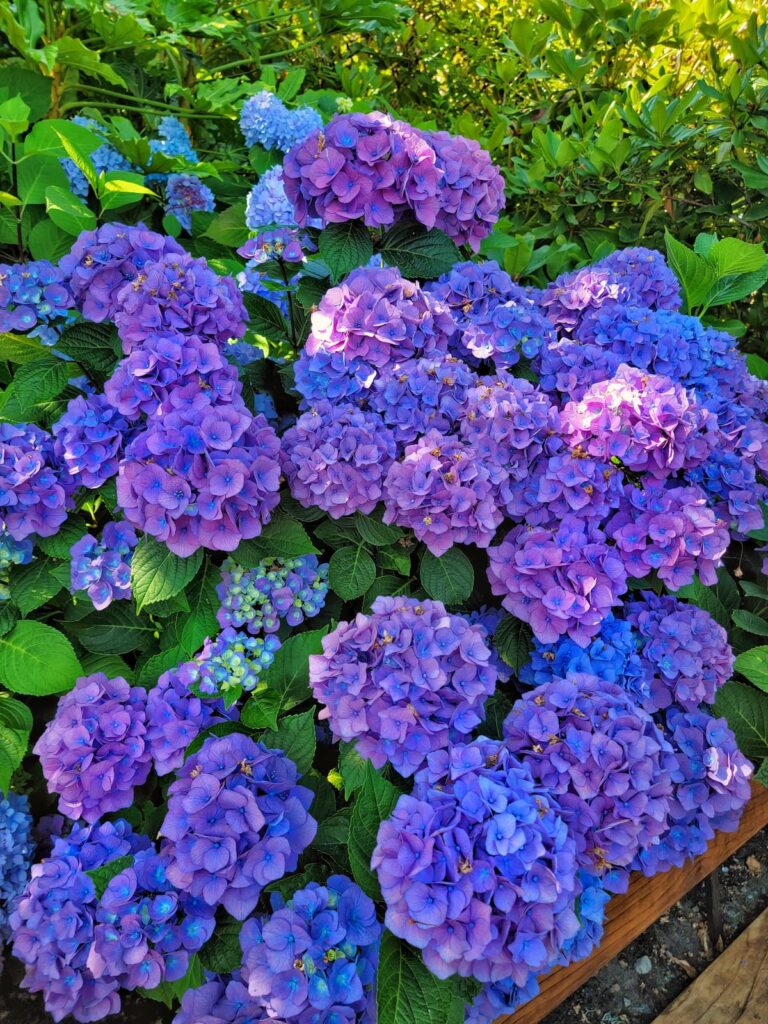

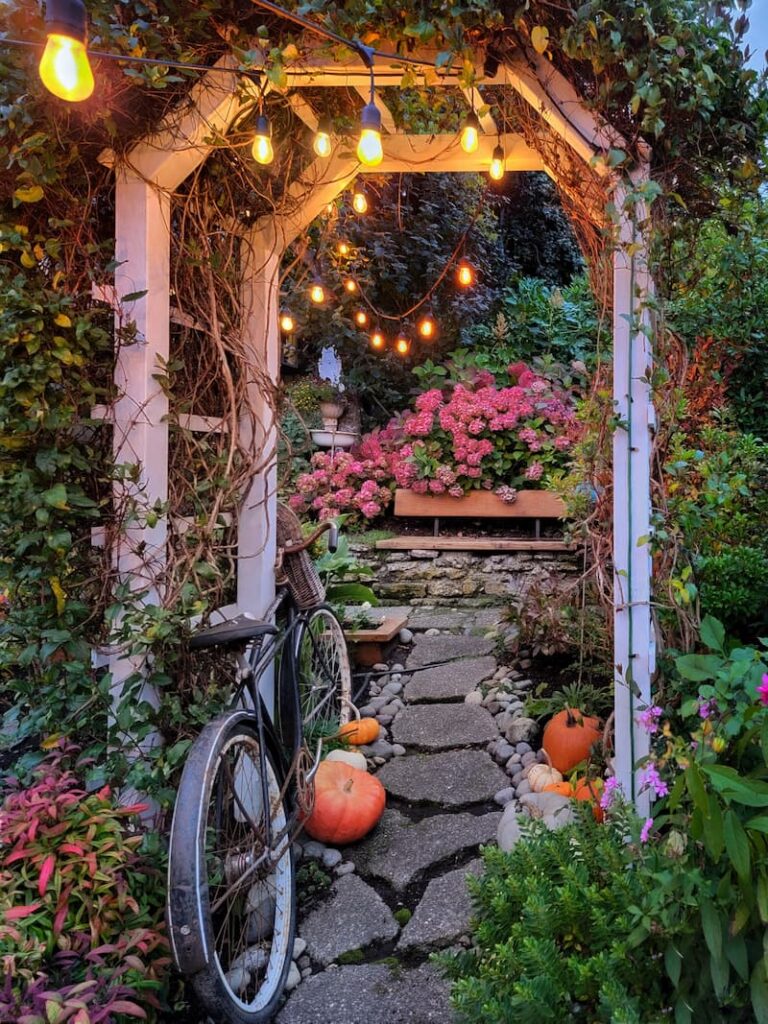
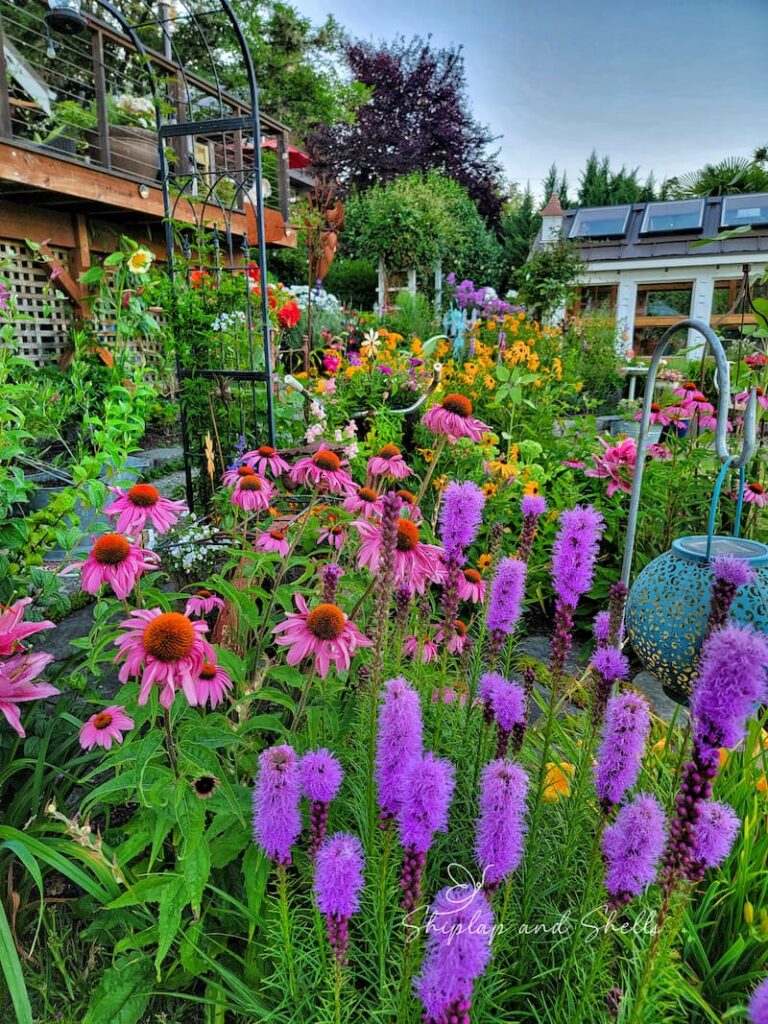
Always so beautiful! Such helpful tips and reminders, Kim! I am heading out to water now!
Thanks for the bulb reminder Kim! Beautiful flowers!
laura in Colorado
Yes, it’s so hot here too and not enough rain! My flowers are doing OK but my veggies are lousy this year…cold in June and now so hot and dry! My poor puny pepper plants are gonna fall over from the weight of the teeny peppers growing!!!